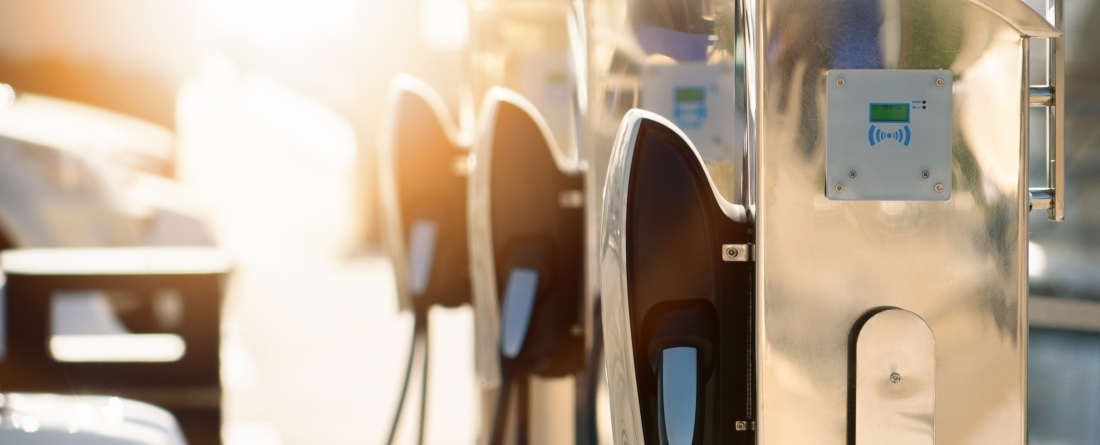
Abstract
Publicly available electric vehicle (EV) infrastructure is pivotal for the United States EV transition by 2030. Existing infrastructure lacks equitably distribution to low-income and underrepresented communities, impeding mass adoption. Our study, utilizing 2021 micro-level data from 121 million United States households, comprehensively examines income and racial disparities in EV infrastructure accessibility. Our analysis of national averages indicates that lower-income groups face less accessibility to public EV infrastructure in both urban and rural geographies. Black households experience less rural accessibility, but greater urban accessibility compared to White households conditioning on income. However, our localized analysis uncovers significant variations in accessibility gaps among counties, rural and urban settings, and dwelling types. While Black households experience greater urban accessibility nationally, a closer look at the county level reveals diminishing advantages. This study identifies areas with pronounced inequality and urgent needs for enhanced accessibility, emphasizing the necessity for tailored solutions by local governments to enhance equitable access to EV infrastructure.
